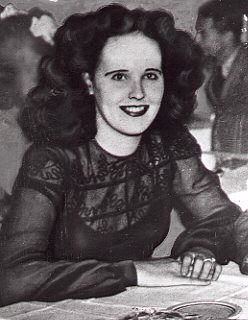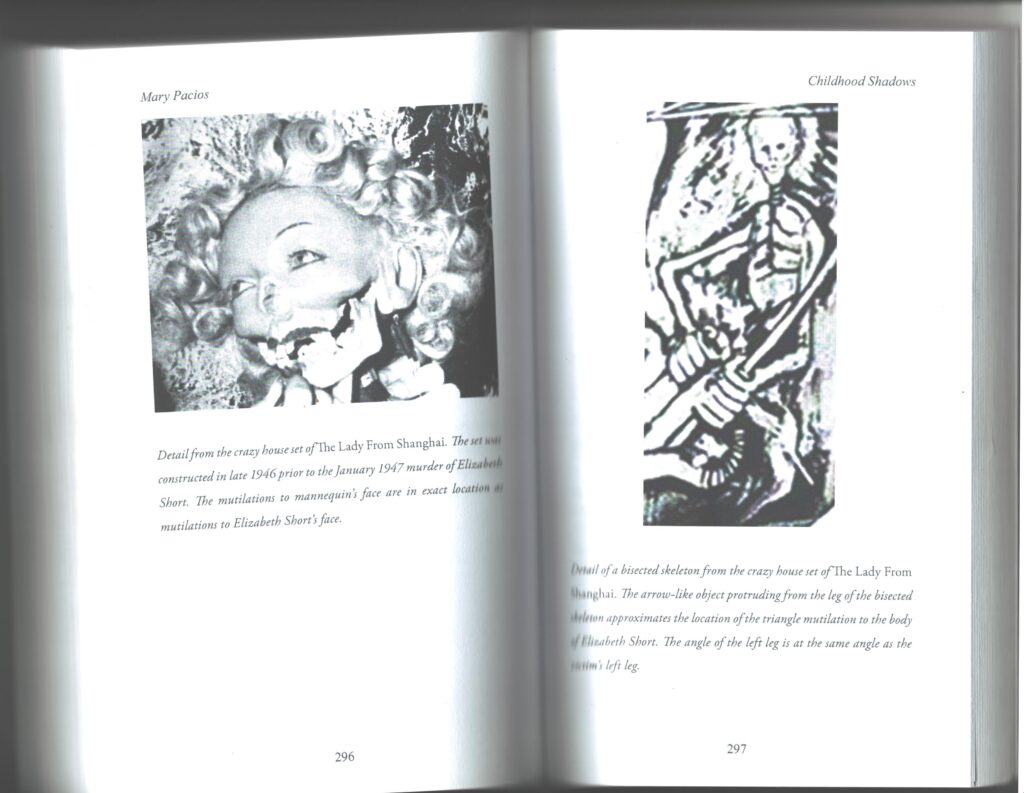As one of two ‘American’ film directors to be honored in the Russian Golden Eagle film awards category of ‘Contribution to World Cinema’ (the other being Francis Ford Coppola), it seems somewhat obvious to me that Roman Polanski is a filmmaker who closely aligns with the Orson Welles style of film as (Russian / Communist) propaganda.
Much like Coppola – who based his ‘Apocalypse Now’ movie on Welles’ unmade anti-fascist ‘Heart of Darkness’ film and used Welles’ narration in the documentary ‘Hearts of Darkness’ about the making of Apocalypse Now (arguably therefore making an anti-fascist film in the Gothic tradition about American imperialism in Vietnam); Polanski has lauded Welles at times as his film-school idol.
“The school was tightly connected with the Polish film archives and we could see anything we wanted… Personally, I was part of the [Orson] Welles group, but there were also groups of neorealists and students who liked the heroic Soviet cinema.” – Roman Polanski
As the seeming propaganda inspiration for both of these apparent influencers – were Welles still alive today, I am most confident that Russia would have honored him as well.
In another long and diverging parallel, I truly enjoyed Mary Pacios’ book ‘Childhood Shadows’, about the January 15, 1947 murder of Elizabeth “Bette” Short – best known as ‘The Black Dahlia’, in Los Angeles California. Pacios offered a fascinating and plausible suggestion that Orson Welles could be a credible suspect in the unsolved case. Welles left the United States shortly after the death. This kind of behavior is common for murder suspects. While Pacios did not explore the politics, my prior research suggests Welles had similar motivations to flee around this time due to his Communist Party linked politics and connections to Russian espionage.

Welles had demonstrated erratic behavior on the set of ‘The Lady from Shanghai’ which he starred and directed in. This behavior includes specifically at the time of the Dahlia crime. Cut footage from the ‘crazy house’ scene in The Lady from Shanghai included set designs and images painted by Welles which seemed to show bisected female figures as well as bovine forms, almost in prescience of the impending Dahlia murder. This footage was cut because Welles had apparently precipitated a workers strike by working on these sets during 1946 labor protests.

Pacios found some evidence that Bette Short was planning to go on a date with a director around the time she was murdered and came to believe that director was in fact, Welles. Elizabeth Short’s body was found near a site where Welles (who had been raised by a doctor and recently been interested in mortuary work) was known to perform a war-time magic act where he sawed a woman in half.
From a radical socialist perspective as far as profiling goes, in addition to the potential surgical skill of the murderer, I feel it is important to point out that several crime and art history buffs have also looked to the role of the art movement Surrealism as a possible factor in the criminal profiling for a plausible suspect. Figures like Man Ray, or George Hodel, as popularly known from the book ‘Black Dahlia Avenger’ by Steve Hodel – have drawn attention to the aspect of the Minotaur, and the associated concept of violence against women as often depicted in Surrealist motifs.
The Minotaur of the labyrinth (whom Athenians were sacrificed to) could be considered sort of a ‘mascot’ of the Surrealists, and was the name of their print magazine, ‘Minotaure‘. Additional figures popularized by the Surrealists included the Marquis de Sade.

The scene was arranged in order to fulfill some kind of offender fantasy, and seems to indicate ‘secondary crime scene staging’ in the signature presentation of the body. The mutilations to Short may indicate depersonalization (or defeminization), body posing, and potentially ritual symbolism (see Chancellor and Graham, p. 51-62). This fantasy does seem to be quite plausibly linked to popular Surrealism. The body of the Dahlia was found posed in a way which may evoke the nude female photographs of Man Ray, called ‘Minotaur’.

Whereas most speculation today centers on George Hodel as the most likely suspect in the slaying, the book ‘Exquisite Corpse’ demonstrates a strong network which is actually close to Orson Welles, although he is not a considered individual in the text (aside from a mention in the context of Pacios’ book in the introduction). George Hodel’s wife Dorothy had once been married to Orson Welles’ close friend and fellow director John Huston (also close to Hodel). It may all be pertinent when considered in conjunction with Mary Pacios’ (good) amateur detective work.
The network explored in the book Exquisite Corpse encompasses figures like the aforementioned Man Ray (knew Welles) and George Hodel (I don’t know if he knew Welles, although it seems highly likely). It also includes other actors very close to Welles, like John Huston, Ben Hecht, and Edward G. Robinson (who had similar negative exposure as Communists or fellow travelers in the blacklist era as Welles).

There are further aspects of the positioning of the body which may speak to a Surrealist motivation. The name Exquisite Corpse itself comes from the name of a drawing game practiced by Surrealists (and similar to the writing game of ‘Consequences’) where three or more artists fold a piece of paper, with each drawing only on one fold – in order to produce a ‘surreal’ outcome when the composite picture is opened.

The influence for a morbid game named ‘exquisite corpse’ might in part derive from Thomas De Quincey’s satirical(?) notion of ‘On Murder Considered as One of the Fine Arts’; which was an essay promoted by the founder of Surrealism, Andre Breton in a popular 1939 collection entitled ‘Anthology of Black Humor’ (see. Eburne p. 56,58).
Breton’s Surrealism (see Contre-Attaque!) emerged from close to the Soviet-influenced French Communist Party and was apparently a movement largely intended to employ fascist-like tactics in order to fight back against the establishment government and also fascist movements. At least early Surrealists spread anti-capitalist conspiracy theories as a seemingly important aspect of this approach.
Further, Breton wrote the ‘Surrealist Manifesto’ in conjunction with Leon Trotsky (best known as the apparent conspiratorial Goldstein to Joseph Stalin’s ‘Big Brother’). But Trotsky was also the one-time sponsor of the Soviet Red Army Registration Directorate, precursor to the modern GRU. (See also Diego Rivera in the Exquisite Corpse network; who had put up Trotsky before his assassination by Ramon Mercader and was also proximate to Welles and Huston. )

Orson Welles’ self-described “political mentor” (from the early 1940’s onward) was Louis Dolivet, a protégé of one-time top anti-Nazi Soviet propagandist, Willi Munzenberg. Munzenberg was instrumental in pushing the ‘Reichstag false flag conspiracy‘, as well as sending figures like Otto Katz (inspiration for Victor Lazlo in Casablanca) and Dolivet to develop anti-fascist movements abroad, and especially Hollywood.
At the time he knew Welles, Dolivet was a high-level Russian espionage asset, who during the period of Vichy France – and apparently working in conjunction with Russian agents like Noel Field – helped many artists close to the Surrealist and Theosophical movements (including Breton) flee to America and elsewhere.
Dolivet was also in the early 1940’s married to Beatrice Straight, the sister of Michael Straight – a close affiliate of the Cambridge Five, sometimes considered the only ‘American’ in the group.
Breton had also been heavily influenced by the Theosophical artist Wassily Kandinsky who had left the Soviet Union under Stalin but had developed the ‘Plan for the Physico-Psychological Department of the Russian Academy of Artistic Sciences‘; Kandinsky was also the uncle of Stalinist agent Alexander Kojeve who was another major influence on Breton and the Surrealists.
The point I would make with all this background is that there could be good evidence – if Welles or another figure proximate to Surrealism and/or Russian espionage influences – was involved in the case, then it could have been kept very quiet. It could be fascinating to think of the Dahlia case as a human game of ‘exquisite corpse’ and/or ‘murder as a fine art’ practiced by Surrealists – especially if it did involve more than one perpetrator.
Perhaps the evidence could point to multiple suspects, such as could be required to transport the body or inflict the many different kinds of grotesque mutilations on it . Nobody will probably ever know for sure about who the murderer was, but there does chiefly seem to be good agreement in the evidence of a high-level Surrealist influence on the case due to the posing of the body in a fashion evoking the Surrealist Minotaur, which was not an insignificant symbol for the group.
Orson Welles’ behavior in contemporaneously getting a passport and fleeing the country is circumstantially suspicious, as that is a common offender behavior. (To leave after a murder and return to town when things “cool off”.)
Orson Welles was a relatively confident fellow, unafraid to take on the political establishment, so one might wonder if his fleeing was a different kind of act of self-preservation -or for that of his comrades. He is directly in the midst of a network of other plausible suspects who may or may not have acted alone in commission of the crime; and who largely had motives to keep silent over their Communist leanings.
But fleeing might not have just been to protect Communists or his own skin – there may have been a motive to avoid damage to an intelligence strategy.
As I recently revisited – after leaving the US, Welles had quickly gotten himself involved in the film ‘The Third Man’ as the murderous American Harry Lime – closely connected to and based on exploits of the Cambridge Five spy ring. It is my hypothesis the film may serve as anti-American propaganda.
I also do wonder if there is a potential connection in the case of Orson Welles’ script for ‘Lady Killer’ which was later sold to Charlie Chaplin and produced as ‘Monsieur Verdoux’. Chaplin was similarly haunted by his Communist and potential espionage connections in the blacklist era.
Part 2 of this post coming soon where I will delve into the similar potential connections behind Roman Polanski and the murder of his wife, Sharon Tate by the Charles Manson family; starting with an investigation into the concept of Orson Welles’ involvement in claims of CIA mind control of Sirhan Sirhan; Roman Polanski’s proximity to the Robert F. Kennedy assassination; CIA evidence of Roman Polanski’s Polish Communist spy family members; FBI reports contemporaneous to the Tate murder regarding Roman Polanski’s potential involvement in a drug trafficking ring; Roman Polanski’s own potential role in cultivating Satanic mass hysteria as a form of conspiracism through his art; and these all being potential factors or motives in the Sharon Tate murder.
Black Dahlia References:
Black Dahlia Avenger: The True Story, by Steve Hodel
Childhood Shadows, The Hidden Story of the Black Dahlia Murder, by Mary Pacios
Exquisite Corpse: Surrealism and the Black Dahlia Murder, by Mark Nelson and Sarah Hudson Bayliss
